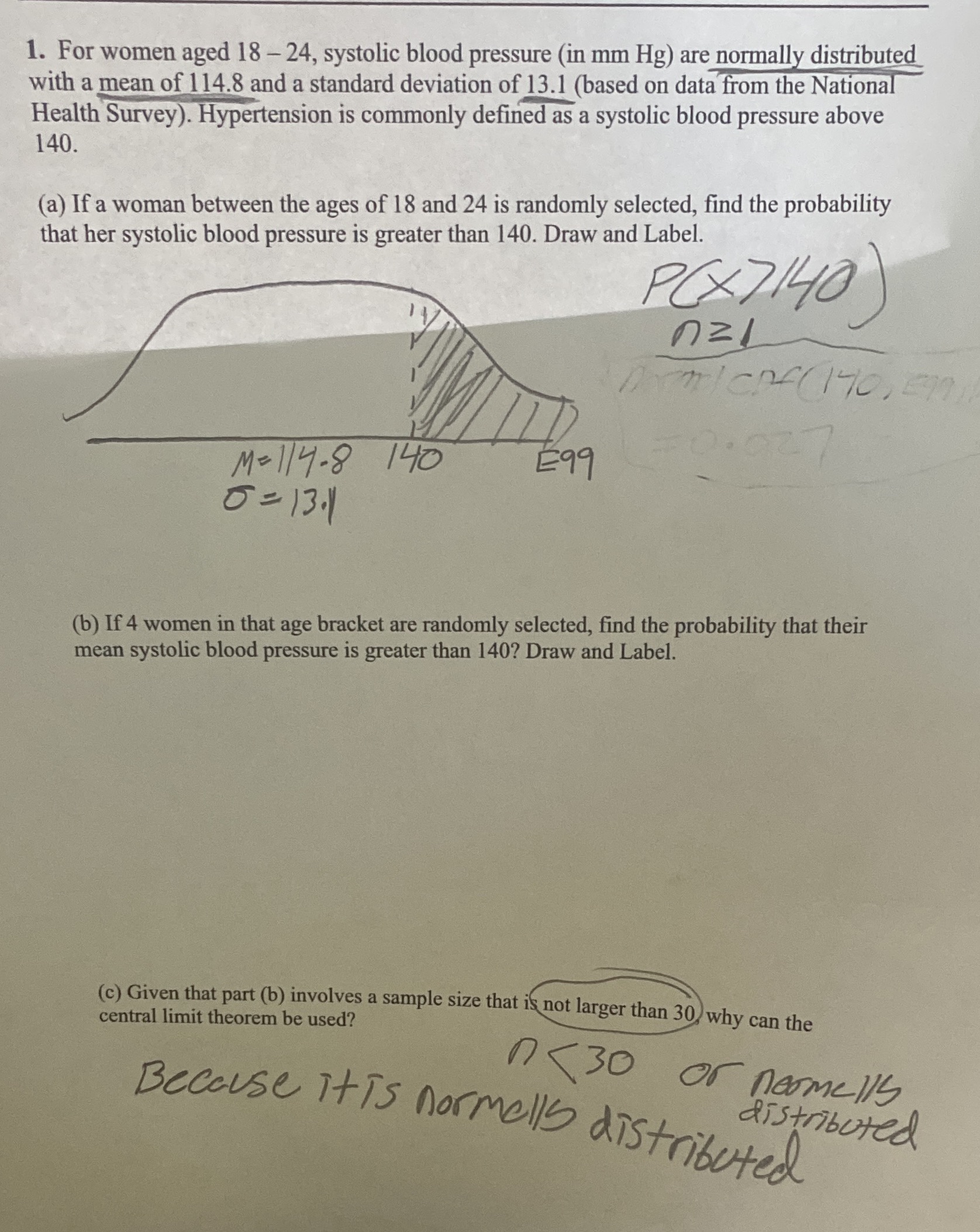Answered step by step
Verified Expert Solution
Question
1 Approved Answer
Would I use the 13.1 for the sigma, and 140 for the lower boundary? Or does the central limit theorem apply here, and how would
Would I use the 13.1 for the sigma, and 140 for the lower boundary? Or does the central limit theorem apply here, and how would that look if the sample size is just one? I know part b calls for the simple size increasing to four, how would these look with staying in the parameters of bell curves and normalcdf operations?

Step by Step Solution
There are 3 Steps involved in it
Step: 1

Get Instant Access to Expert-Tailored Solutions
See step-by-step solutions with expert insights and AI powered tools for academic success
Step: 2

Step: 3

Ace Your Homework with AI
Get the answers you need in no time with our AI-driven, step-by-step assistance
Get Started


